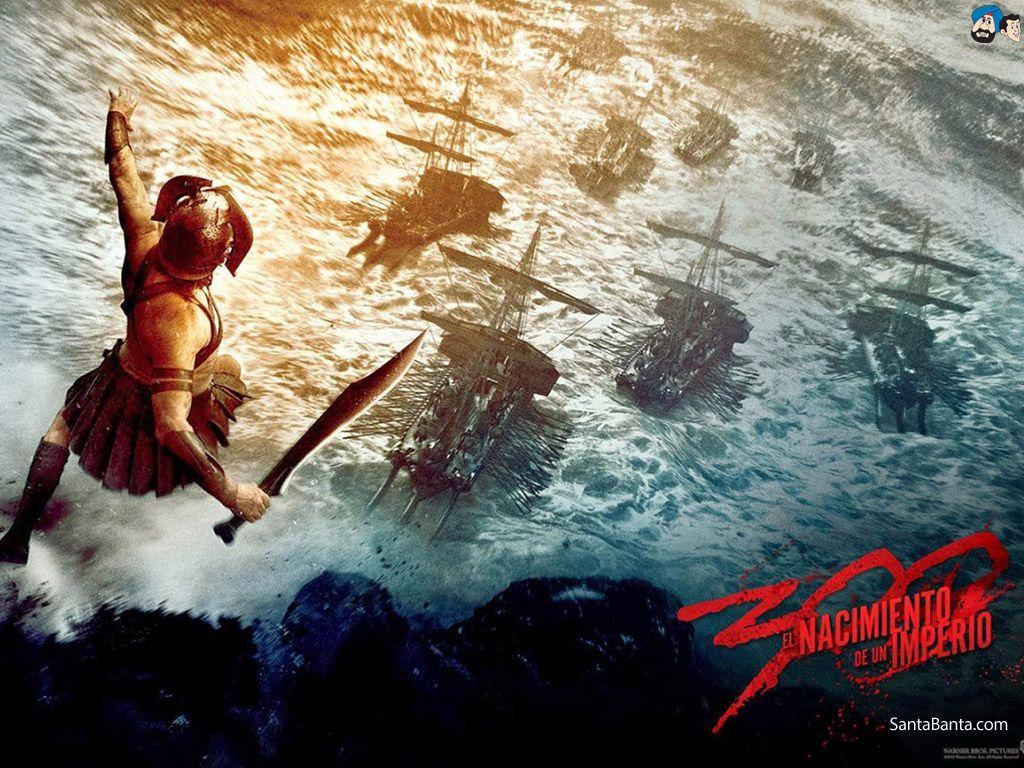

However, where the Spartans of the first film were isolationists whose only motivation was self-preservation, Themistokles is fighting for a united Greece, his intention to spread the new Athenian concept of democracy. Sullivan Stapleton plays Themistokles, a Greek general who finds himself on a collision course with the Persians. But the story proper is one that’s very similar to its predecessor, albeit wetter.

However, MOVIEGUIDE® believes many, if not most, media-wise moviegoers will avoid the movie’s sex and violence and not help them win.We therefore get some history, including an explanation of the grievance that started the whole sorry affair, and back story, with one of the film’s most interesting sequences revolving around exactly how Xerxes came to be a golden God. The filmmakers are betting on audiences wanting waves of blood.

It’s a sad statement that this bloodlust is considered entertainment. Even the poster features the number 300 as a blood splatter with a red tinted “wave of blood” in the background. This movie sends audiences home thinking about how much blood really spurts out of someone sliced in the gut with a sword – five gallons or ten.Īs MOVIEGUIDE® Publisher Ted Baehr loves to teach, “Great movies are great stories, well told.” There is probably a great story somewhere in the battle of Salamis, but it got lost in the spectacle of bloodletting. Demille could have made a movie about the battle and sent audiences home thinking about the value of freedom. These are weak excuses to watch a movie where the opposing generals, Themistokles and Artemisia wind up in a bizarre, violent sex scene complete with nudity. In the movie’s favor, several short speeches are given favoring freedom and democracy over tyranny. Xerxes and Artemisia send a huge navy to crush the upstart Greeks, but they find the task much more difficult than they imagined. He even sells his soul to demonic forces to become a “god” king. Pushed by the female naval hero, Artemisia, the king’s son, Xerxes swears revenge. In the course of the shocking victory, Themistokles fired an arrow that killed the Persian King, Darius. The brave Greek commander Themistokles attacked the much larger Persian forces immediately after they landed when they would be tired from all their rowing. The backdrop for the movie’s exercise in blood splattering is the battle of Salamis between the Persians and the Greeks in 480 BC. With some foul language, demonic motivation, a graphic sex scene, and extreme violence, the movie is abhorrent, despite some rousing speeches favoring freedom over tyranny. Content:ģ00: RISE OF AN EMPIRE is 102 minutes of beheadings, amputations, and gut slicing, used as an opportunity to spurt, scatter, spray, and drip cinematic blood. With all the bloody violence and some strong lewd content, media-wise moviegoers probably will find RISE OF AN EMPIRE unacceptable viewing. There is probably a great story somewhere in the battle of Salamis, but it got lost in this spectacle of bloodletting. Xerxes and Artemisia send a huge navy to crush the upstart Greeks but find the task much more difficult than they imagined.

Pushed by the female naval hero, Artemisia, the king’s son, Xerxes, swears revenge. In the process, Themistokles fires an arrow that kills the Persian king. The Greek commander Themistokles attacks the larger Persian forces immediately after they come ashore. The backdrop is the battle of Salamis between the Persians and the Greeks in 480 BC. 300: RISE OF AN EMPIRE is 102 minutes of beheadings, amputations, and gut slicing, used as an opportunity to spurt, scatter, and spray cinematic blood.


 0 kommentar(er)
0 kommentar(er)
